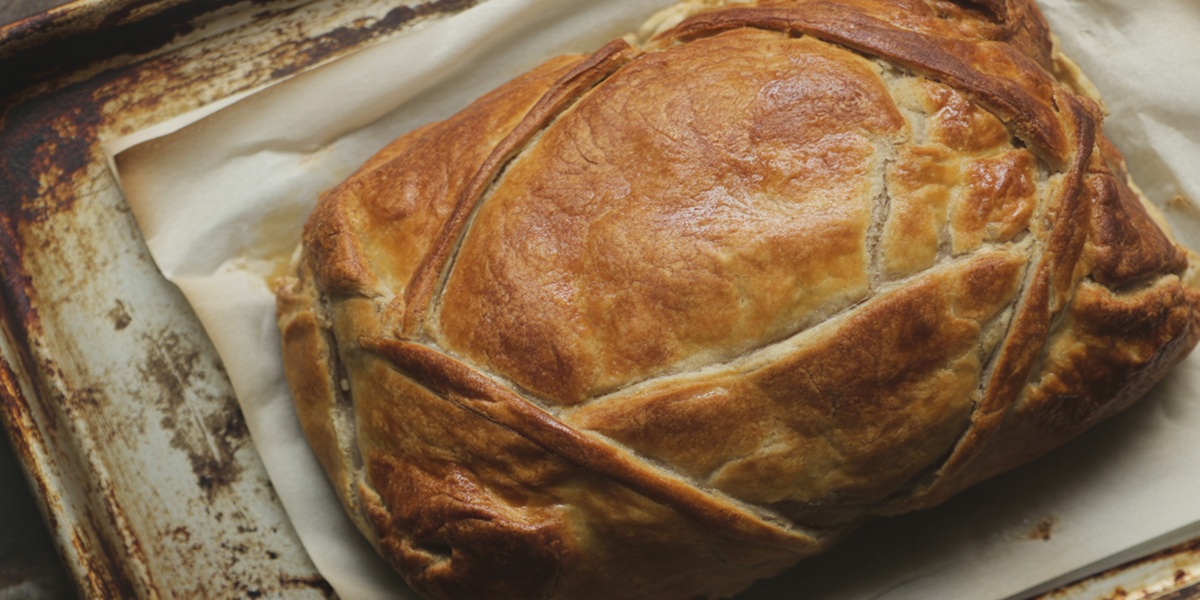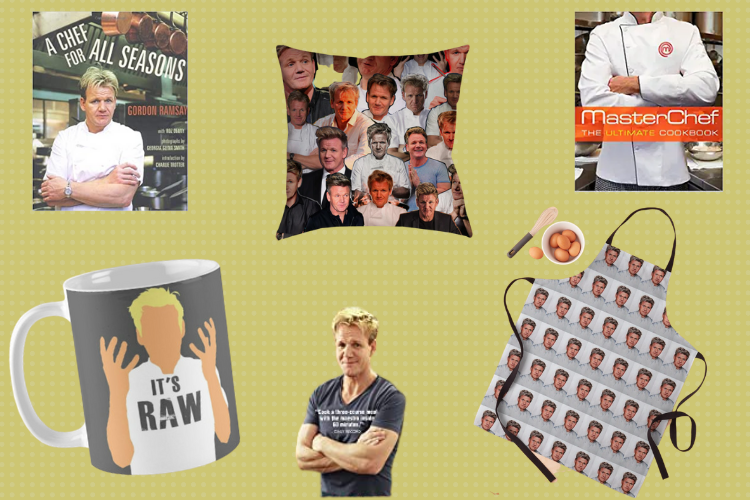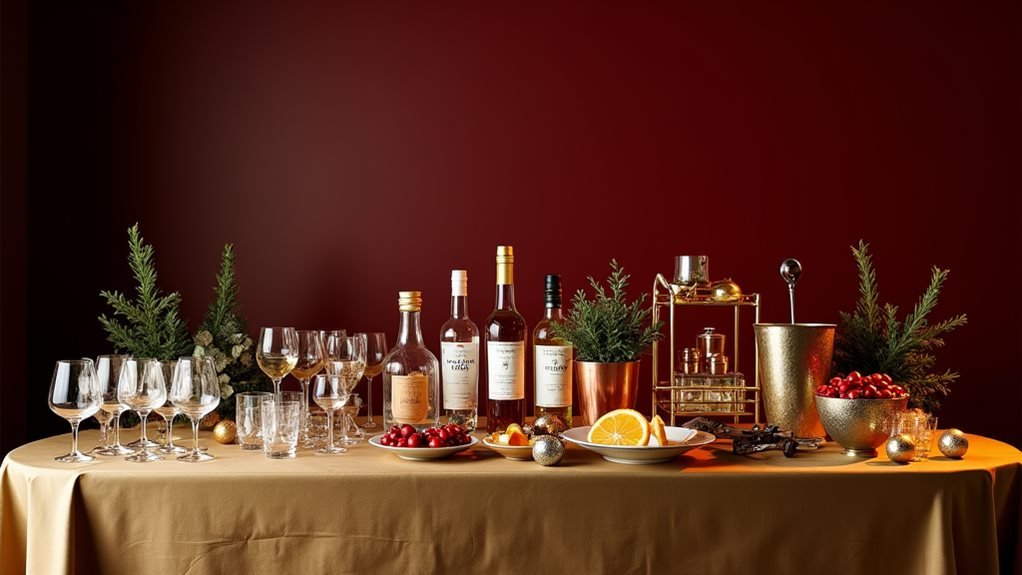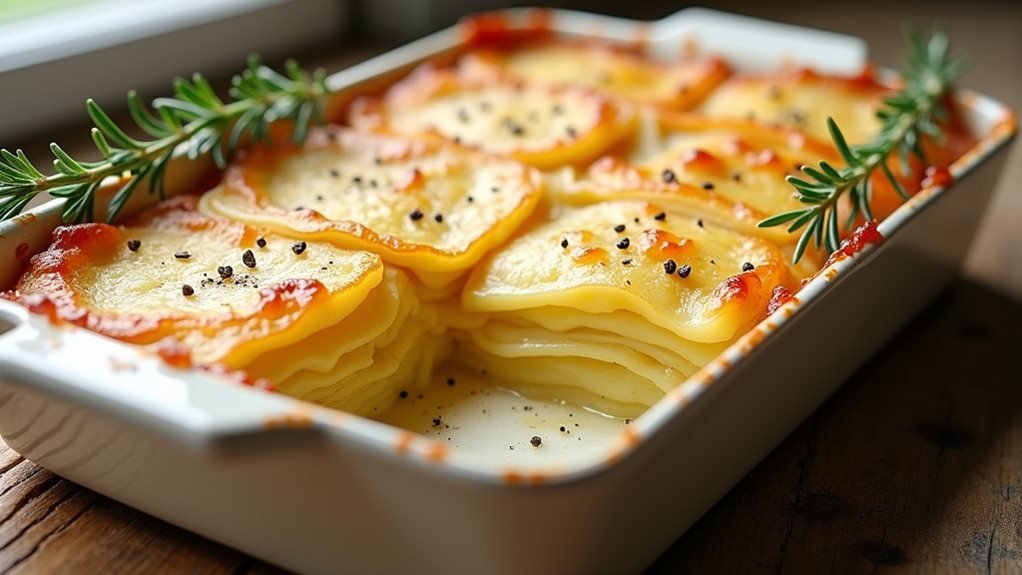Why Gordon Ramsay’s Beef Wellington Is So Special
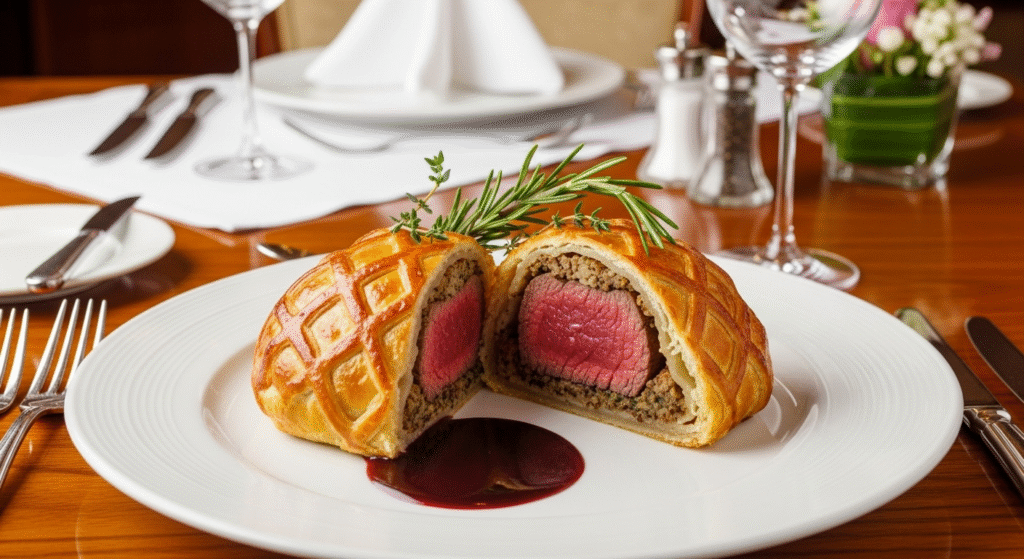
Beef Wellington has deep roots in European haute cuisine, often linked to both French technique and British tradition. Ramsay helped reintroduce it to modern audiences through his television shows, where it became a signature challenge dish. Its reputation comes from its layers of precision—perfectly cooked tenderloin, savory mushroom duxelles, prosciutto, and a crisp golden puff pastry. As noted by BBC Good Food, it’s one of the most impressive centerpieces in classic cuisine.
The Essential Components of Beef Wellington
At the heart of Ramsay’s Wellington is a center-cut beef tenderloin, prized for its tenderness. It’s brushed with Dijon mustard, wrapped in a layer of prosciutto, sealed with duxelles (mushrooms cooked down until dry), then enclosed in puff pastry and baked until golden. Each element contributes to the contrast of flavors and textures that make this dish special.
The Biggest Challenges of Cooking Beef Wellington
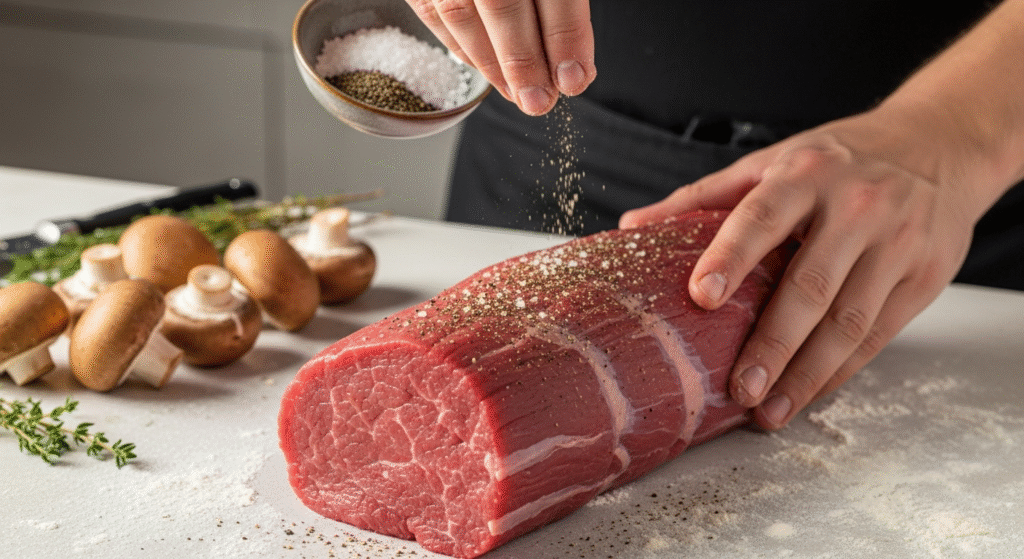
Even experienced cooks find Wellington demanding because timing is everything. The beef must be seared without overcooking, the pastry must stay flaky, and the mushroom layer must be moisture-free. MasterClass highlights that preventing soggy pastry is one of the most common hurdles for home cooks.
Common Mistakes to Avoid With Beef Wellington
Why does Beef Wellington often go wrong for home cooks? The most frequent pitfalls include:
- Choosing the wrong cut of beef—anything but tenderloin risks uneven cooking.
- Using mushrooms that aren’t cooked dry, which introduces excess moisture.
- Skipping the chilling step before baking helps keep the layers tight.
- Cutting too soon instead of resting, which releases juices and softens the pastry.
What Cut of Meat Works Best?
The traditional choice is beef tenderloin (filet mignon). Exceptionally tender and uniformly shaped for even cooking inside pastry. Alternatives like sirloin or ribeye are cheaper but lack the consistency Wellington demands. Gordon Ramsay consistently points to tenderloin as the gold standard for predictable results.
Why Is Beef Wellington Considered Expensive?
Wellington is associated with luxury for three reasons: premium ingredients (such as tenderloin, prosciutto, and high-quality puff pastry), time-intensive preparation, and its status as a celebratory showpiece. As Gordonramsay Restaurants notes, the dish’s prestige also stems from its place on fine-dining menus and special-occasion tables.
Perfect Pairings for Beef Wellington
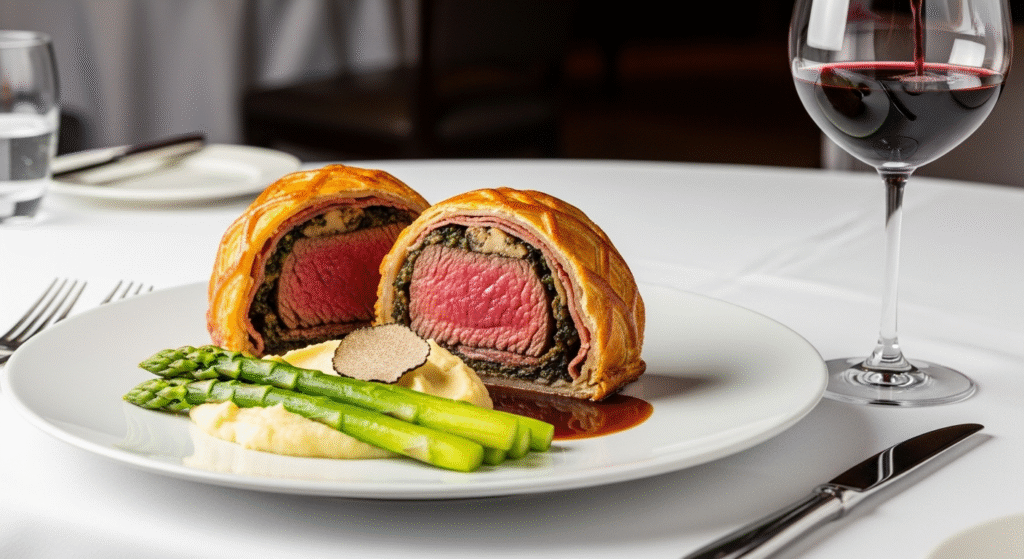
Pair this rich entrée with sides like roasted potatoes, buttered asparagus, or truffle mash. A classic red wine reduction complements the pastry and beef. For wine, Napa Valley recommends Cabernet Sauvignon, Bordeaux blends, or Pinot Noir to balance richness and lift the mushroom notes.
Variations on the Classic Wellington
While Ramsay’s version is the most famous, there are creative alternatives:
- Mini Wellingtons: Individual portions for dinner parties.
- Salmon Wellington: A lighter seafood riff.
- Vegetarian Wellington: Built with mushrooms, lentils, or root vegetables.
- Venison Wellington: Game-forward, deeper flavor profile.
More inspiration: Top 10 Signature Recipes Ramsay and mid-article skills at Cooking Techniques.
Frequently Asked Questions
Can Beef Wellington be prepared ahead of time? Yes. Assemble a day ahead and refrigerate. Some versions can be frozen and baked later (adjust timing).
Is Ramsay’s version different from traditional recipes? Yes—his approach often skips foie gras and focuses on precision with accessible ingredients.
Is it too difficult for beginners? It’s challenging but doable with prep, patience, and temperature control.
Can it be made without prosciutto? Yes—use a thin crêpe layer to keep moisture away from the pastry.
Planning a celebration? Explore Holiday & Seasonal Menus and find sides and drinks in Food & Drink Pairings.
About the Author

Disclosure: All recipes are tested. Sponsored or affiliate links may earn a small commission, but this does not influence our recommendations.
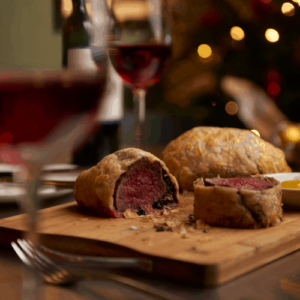
Beef Wellington Recipe
Ingredients
For the Beef Wellington:
- 2 lb Center-cut beef tenderloin, room temperature
- 8 slices prosciutto
- 1 lb sheet puff pastry, thawed if frozen (Gluten-free tip: you can buy gluten-free puff pastry online.)
- Sea salt
- Freshly ground black pepper
- 2 tbsp grapeseed oil
- 2 tbsp Dijon mustard
- 2 egg yolks
FOR THE MUSHROOM DUXELLES:
- 6 tbsp olive oil
- 4 portobello mushrooms, finely diced
- Salt
- teaspoon Freshly ground black pepper
- 2 sprig thyme leaves
For the Red Wine Sauce:
- 2 tbsp olive oil
- 7 oz beef trimmings
- 4 large shallots, peeled and sliced
- 12 black peppercorns
- 1 bay leaf
- 1 sprig thyme
- A splash of red wine vinegar
- 3 1/3 cups red wine
- 3 1/3 cups beef stock
Instructions
For the Beef Wellington:
- Season the beef fillets with sea salt and freshly ground black pepper.
- Heat olive oil in a large pan over high heat. Sear the beef fillets on all sides until they are nicely browned. Remove them from the pan and allow them to cool.
- In the same pan, add a bit more olive oil if needed. Add the chopped wild mushrooms and thyme leaves. Sauté them until they release their moisture and become brown. Remove from heat and let them cool.
- Lay out a large sheet of plastic wrap and place the Parma ham slices on it, slightly overlapping, to create a ham layer. Spread the cooled mushroom mixture over the ham.
- Place the seared beef fillets on top of the mushroom mixture.
- Carefully roll the ham and mushroom mixture around the beef fillets, using the plastic wrap to help shape it into a tight cylinder. Twist the ends of the plastic wrap to secure the cylinder shape. Refrigerate for about 20 minutes to firm it up.
- Roll out the puff pastry on a floured surface to a size that can completely encase both beef fillet cylinders.
- Remove the plastic wrap from the beef and place each beef cylinder in the center of the puff pastry sheet.
- Brush the edges of the pastry with the beaten egg yolks and fold the pastry over the beef, sealing it tightly. Trim any excess pastry.
- Brush the entire pastry with more egg yolk mixture for a golden finish.
- Preheat your oven to 400°F (200°C). Place the Beef Wellingtons on a baking sheet lined with parchment paper.
- Bake in the oven for about 20-25 minutes or until the pastry is golden brown and the beef is cooked to your desired doneness (medium rare is recommended).
For the Red Wine Sauce:
- Heat olive oil in a saucepan over medium-high heat. Add the beef trimmings and sear them until browned.
- Add the sliced shallots, bay leaf, and thyme sprig. Sauté until the shallots are softened.
- Splash the red wine vinegar to deglaze the pan, scraping up any browned bits.
- Pour in the red wine and beef stock. Bring the mixture to a boil, then reduce the heat and let it simmer until the sauce has reduced by half and thickened.
- Strain the sauce through a fine mesh strainer into a clean saucepan.
- Keep the sauce warm until serving.
- Serve the Beef Wellington in thick portions and drizzle the red wine sauce over each slice. Enjoy your delicious Beef Wellington with Wild Mushrooms and Red Wine Sauce!
